Inland
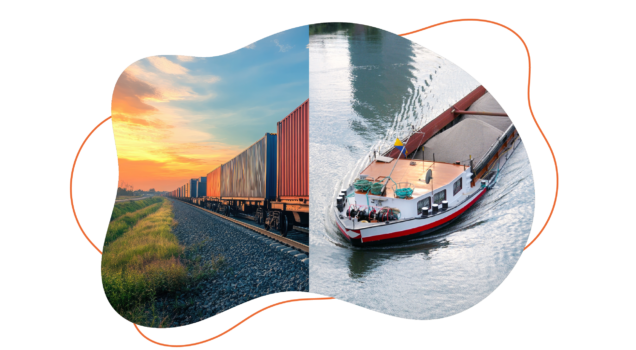
With its multimodal services, Dunkerque-Port is much more than just a transport hub. It is an integrated network of rail, inland waterway, road and pipeline links dealing with flows of goods to & from all over Europe.

Dunkirk, France’s leading multimodal port
The terminals and industrial port area generate 10 million tonnes of rail traffic a year and 3 million tonnes of waterway traffic.
Taking all types of traffic together, and excluding pipeline traffic, the modal share of bulk transport in the port’s pre- and post-shipment land transport is around 50%.
Almost all terminals are tri-modal (rail, waterway & road). Many of the port’s industrial sites have their own rail facilities. In total, the port’s rail network comprises around one hundred kilometres of track, more than half of which is electrified.
All port players are committed to decarbonising the transport of goods.
Dunkirk,
France’s No.1 rail freight hub
France’s No.1 waterway port
modal share of waterway transport
excluding pipelines
modal share of rail transport
excluding pipelines
Waterway connections
The Dunkerque-Valenciennes wide-gauge canal enables 3,000-tonne vessels to navigate to the main inland ports in the Nord/Pas-de-Calais area.
The Belgian and Rhine river networks are accessible to 1,600-tonne convoys.
A major opportunity for Dunkirk's port ecosystem, the opening of the Seine-Nord Europe Canal by 2030 will expand Dunkirk's inland waterway hinterland towards the Picardy area and the Paris region.
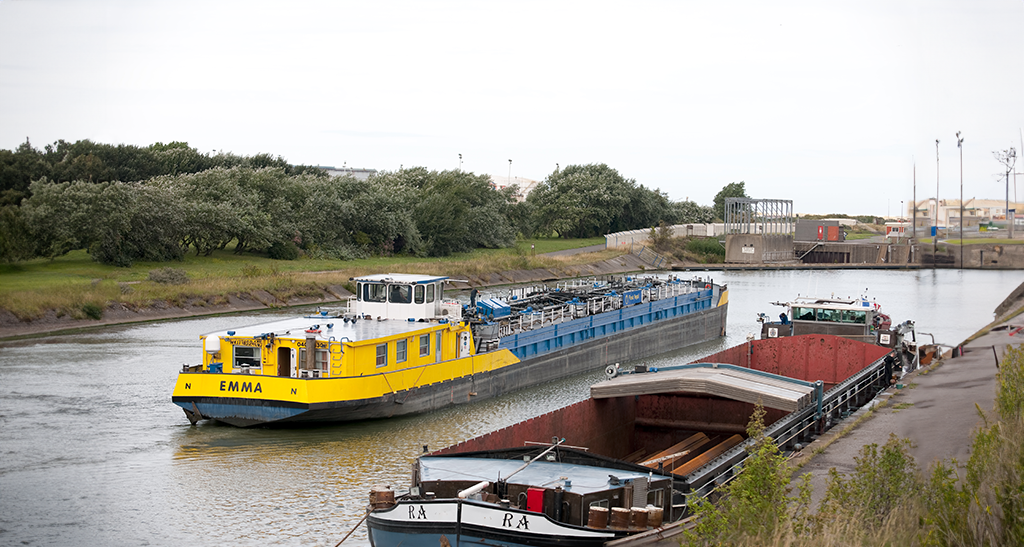
Rail connections
The port's rail network is ideally connected to the national and European rail networks. In particular, it relies on the North-East rail freight artery, which provides a fluid and efficient service to the Grand Est region, Germany, the Rhône corridor and Italy.
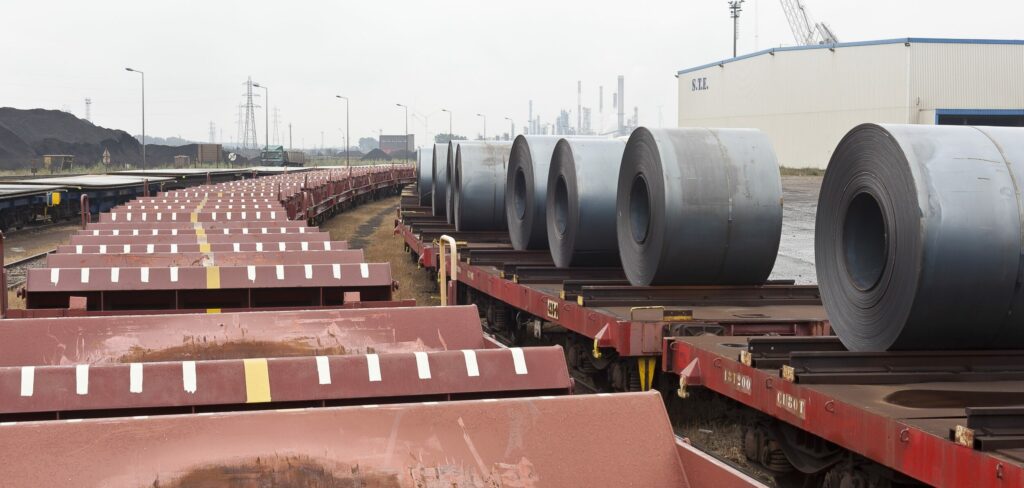
Dunkerque-Port is pursuing an ambitious investment programme aimed at encouraging the modal shift of Intermodal Transport Units to rail:
Since mid-2022,the extension of the 4 dry port tracks at the container terminalfrom 350 metres to 850 metres has made it possible to accomodate entire trains in one piece, generating significant productivity gains.
The setting-up of a piggyback terminal for loading and unloading trailers and swap bodies onto wagons will, by 2025, make it possible to develop a new, low-carbon alternative transport service for continental road flows in conjunction with cross-Channel activity and the port's industrial and logistics zones.
Road connections
The Port of Dunkirk benefits from direct, free-flowing access to the entire West European motorway network, via the A25, A26 and A16 motorways.
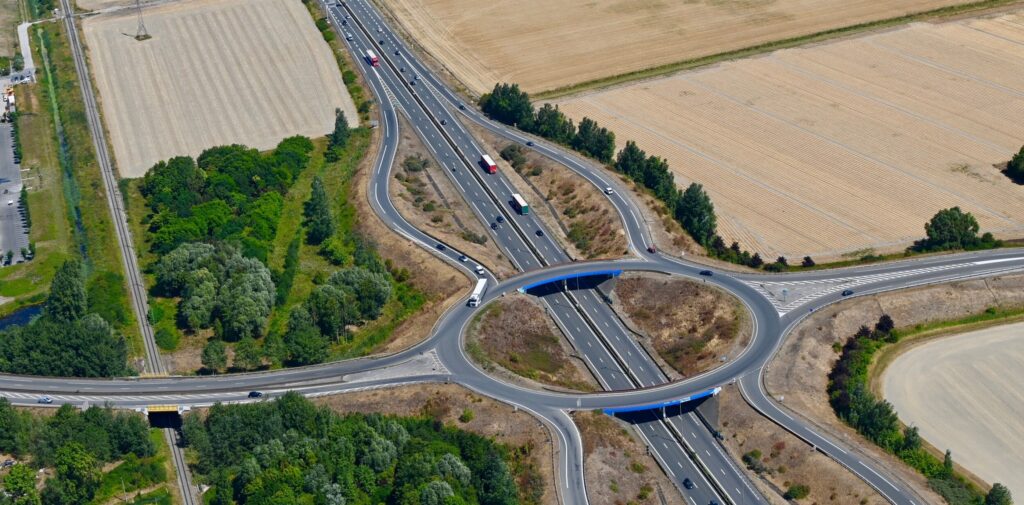
Pipeline connections
The Port of Dunkirk's pipeline network facilitates the massified transport of flows from liquid and gaseous bulk reception and storage sites to French and European markets.
The DUNKERQUE LNG terminal is connected to two separate gas pipelines supplying France and Belgium.
Total and TEPSA are also connected to the TRAPIL network for hydrocarbons, notably to the Hauts-de-France and Grand Est regions.
The combined transport plan
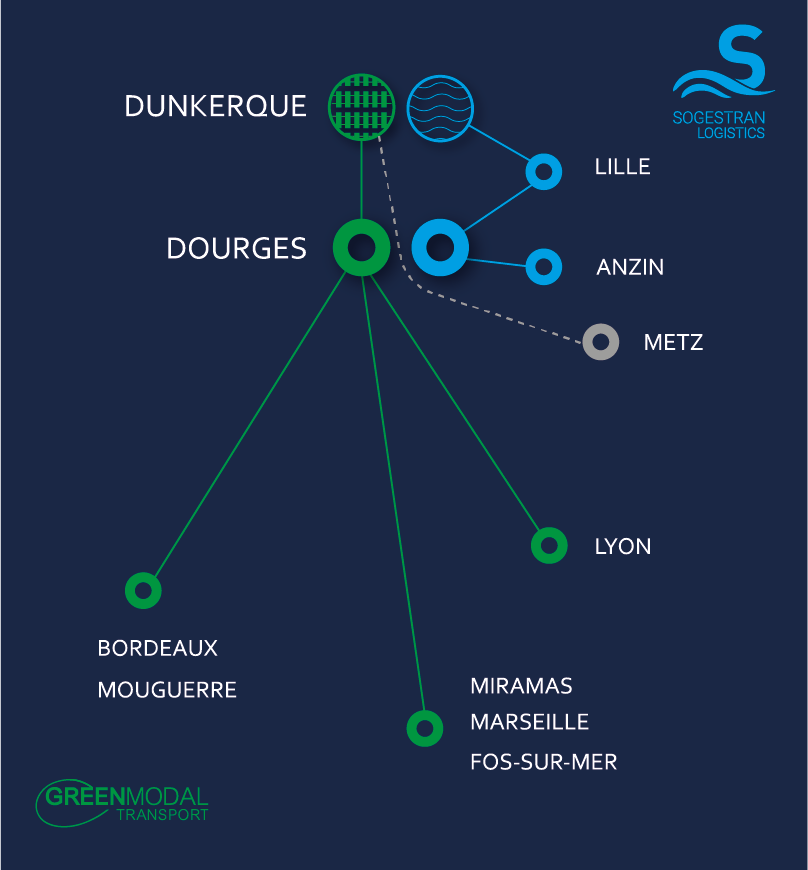
Combined transport services, operating directly from the TDF container terminal in the Port of Dunkirk, offer a range of connections with the main multimodal platforms in the Hauts-de-France region and the hubs in southern France.
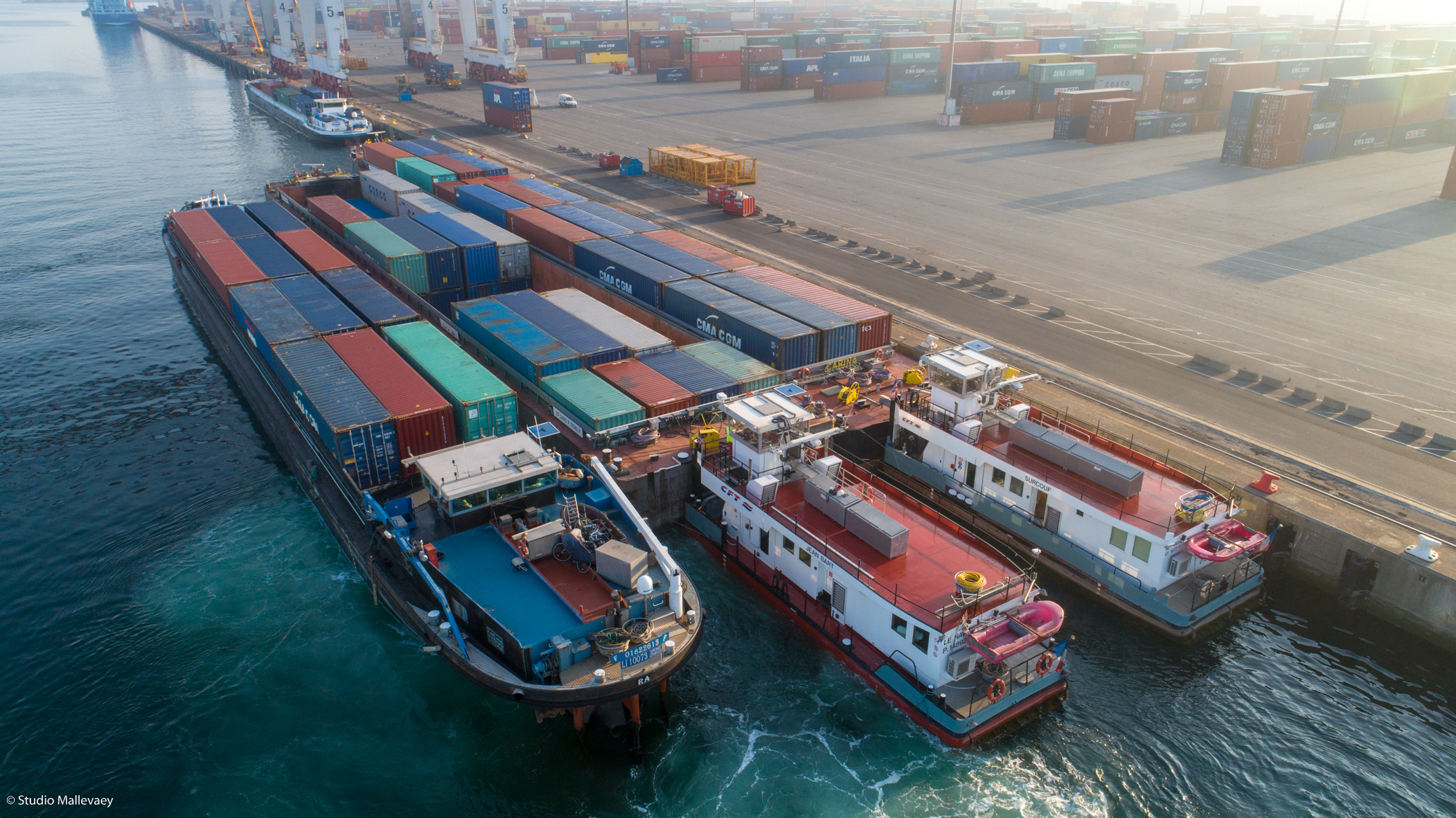
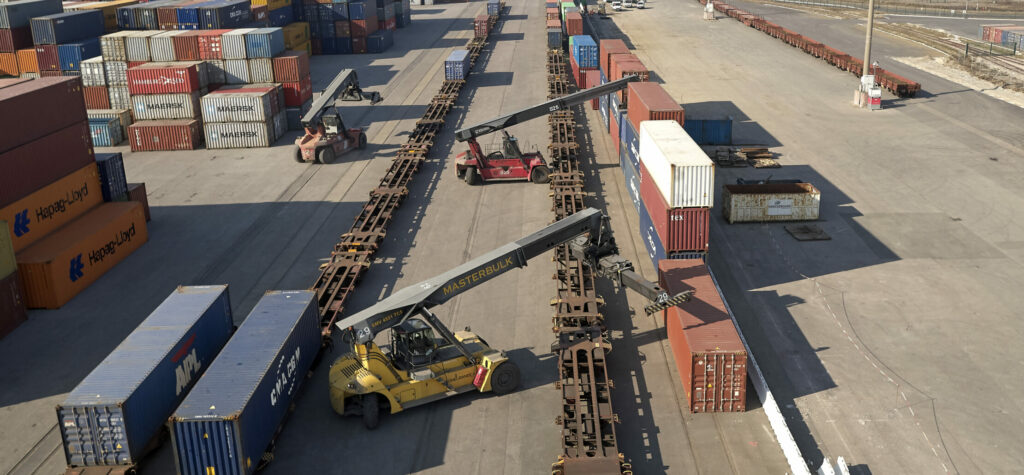
Norlink
Dunkerque-Port is a member of Norlink Ports, an association dedicated to promoting the maritime and inland port infrastructures of the Hauts-de-France region. Norlink Ports promotes multimodal transport solutions, favouring short circuits and decarbonisation.
Are you planning a modal shift to waterway or rail transport? The Norlink team is at your disposal to help you implement it.
Learn more
You have a question ?
Our experts are here to help !

